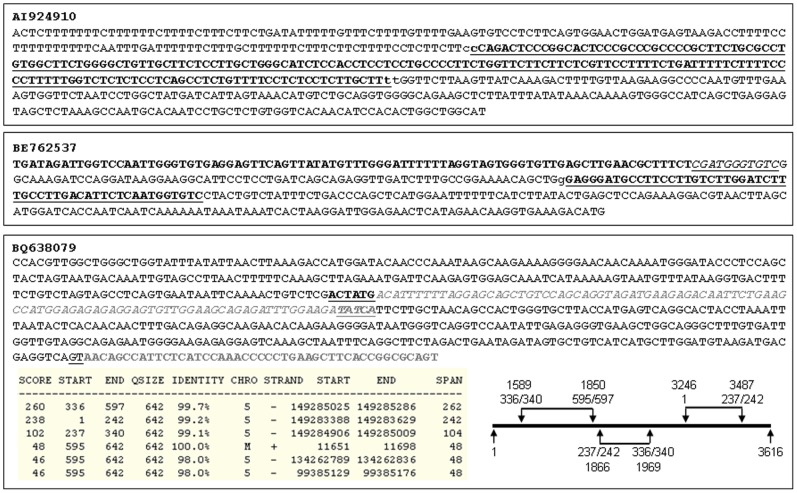Figure 2. Examples of trimeric and tetrameric ESTs with or without an mt-sequence.
Top panel: AI924910 is a trimera. Its 1–156th, 155–342th, and 341–550th nt regions match, respectively, the 5468–5676th nt region of the CYCO1 mRNA from chromosome 3, the 4332–4518th nt region of the PDCD11 mRNA from chromosome 10 (underlined and boldfaced), and the 366–521st nt region of the SREK1IP1 mRNA from chromosome 5. Between the two neighboring partners, there are two nt (lowercase letters) overlapped. Middle panel: BE762537 is a tetramera. Its first 86 nt (boldfaced) match the 2198–2283rd nt of the L-strand of mtDNA. The following 11-nt sequence (italicized and underlined) is an unmatchable gap. Its 98–168th nt sequence is part of the alternatively spliced exon 2 of the UBC mRNA from chromosome 12, which is followed by a 53-nt (the 268–220th) UBC antisense fragment (boldfaced and underlined). Both UBC sense and antisense fragments, which overlap at the 168th nt (the lowercase “g”), have multiple repeats in the UBC mRNA (not shown). The last 149-nt (the 221–369th nt) sequence is part of the ENPP6 mRNA from chromosome 4. Bottom panel: BQ638079 is a 642-bp tetrameric EST. Its first 595–597 nt sequence consists of three fragments from intron 7 of the PDE6A gene on the minus strand of chromosome 5. The relationships among these three fragments within this 3616-bp intron are illustrated in the figure, with the 3-digit numbers indicating the 5′ or 3′ end of each fragment and the 4-digit numbers indicating the position at the intron. As shown in the sequence, the figure, and a table copied from the UCSC browser, the middle fragment is 104-bp long, is matched to the 1866–1969th nt region of intron 7, and shares 6 or 5 nt (the underlined and boldfaced 237–242nd or 336–340th nt) with its up- or down-stream fragment that actually comes from the 3′ or the 5′ part, respectively, of the intron 7. The last 46–48 nt sequence of this EST come from the H-strand of mtDNA, with 2 nt (underlined GT in the sequence) overlapped with the last fragment of intron 7 of the PDE6A. The mt-sequence has two highly homologous NUMTs on chromosome 5, as shown in the table.

